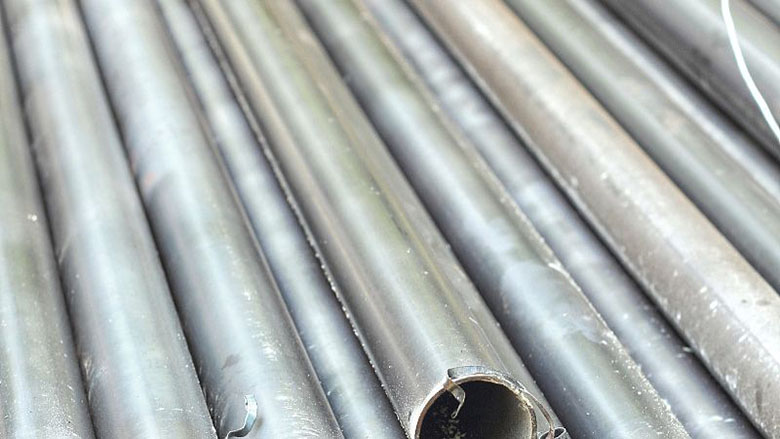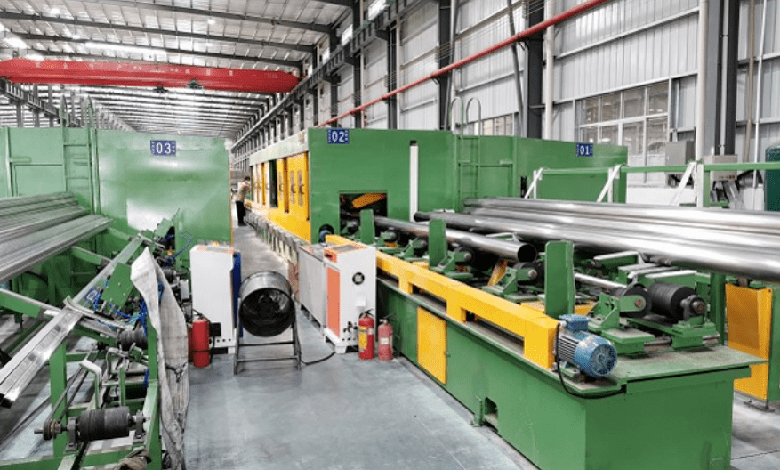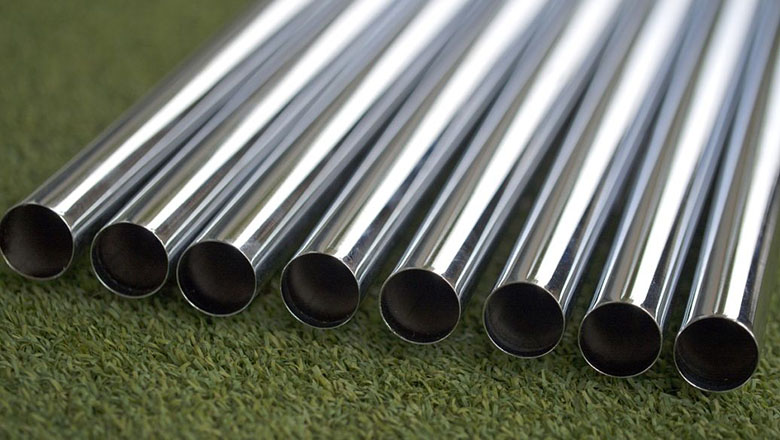Reasons for brittle fracture of stainless steel
The reasons for the brittle fracture of stainless steel involve many aspects:
1. Chemical composition: Alloying elements in stainless steel, such as chromium, nickel, molybdenum, etc., have a significant impact on brittleness. If the content of these elements is too low or uneven, it will cause the grain boundary brittleness to increase, making the stainless steel prone to brittle fracture. At the same time, if stainless steel contains excessive sulfur, phosphorus, lead and other impurity elements, it will also affect the toughness of the steel and increase the risk of brittle fracture.

2. Processing technology: The deformation of stainless steel during processing will also affect its brittleness. During cooling, stretching, bending, deep drawing and other processing processes, grain boundary brittleness may increase due to structural changes and stress concentration. In order to avoid brittle fracture of stainless steel, factors such as the amount of plastic deformation, speed and temperature during processing need to be controlled.

3. Stress: When stainless steel is subjected to excessive tension or pressure, its internal grain boundaries will change, leading to brittle fracture. In addition, stainless steel may produce various stresses during the manufacturing process, such as welding stress, machining stress, etc. These stresses may become stress factors for stress corrosion and cracking.

4. Low temperature effect: At lower temperatures, the toughness of stainless steel will be greatly reduced, making it more prone to brittle fracture. The specific cold embrittlement temperature depends on the composition and treatment of stainless steel, and is generally between -50°C and -100°C.









